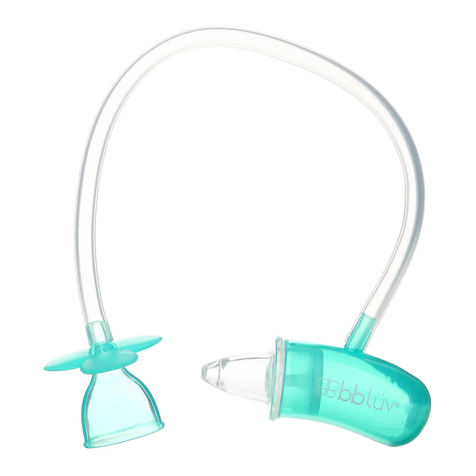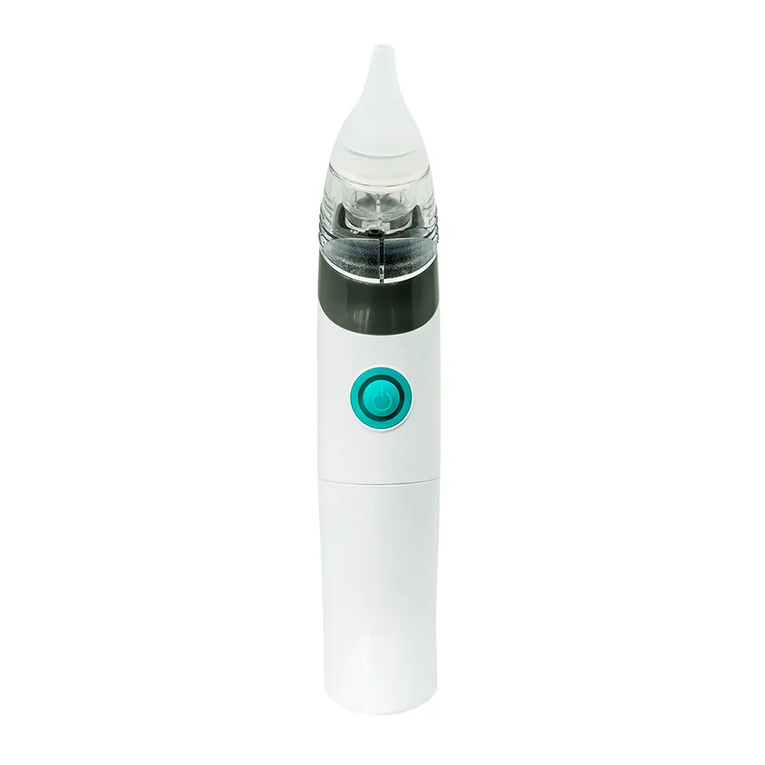
8
• How soon can I hear the baby? - We recommend to use the Echo after the
16th week of pregnancy. Before this time, there are a lot of variables which
may no let you hear your baby yet, such as the position of your placenta.
Keep in mind that the baby is still tiny before 16 weeks of gestation. The Echö
works more like a laser pointer than a oodlight in that you will hear the baby
when it is perfectly lined up. If you are off slightly you’ll miss the baby’s heart
and wont hear anything. As the baby grows every week, you will be able to
nd the baby’s heart rate more easily.
• I’m nding it difcult to nd baby’s heartbeat after 16 weeks - First check
to see if you can hear your own heartbeat to be sure the Echö is working
correctly. If you can not hear your own heartbeat, you should troubleshoot
before attempting to locate the baby’s heartbeat (see section 10). Move the
probe very slowly around your abdomen to make it easier to nd the optimum
placement to hear your baby’s heartbeat. The baby can sometimes be
located behind the placenta making it difcult to nd. You might not have
found the optimum placement of the probe to hear the baby’s heartbeat,
take a break for a day and try again. Don’t apply too much pressure to your
abdomen.
• The battery cover doesn’t stay closed - When putting the battery back into
the Echö, run the wires down the right side between the battery holder and
the inside wall with the clip end of the battery towards the On/Off/Volume
knob. This allows the battery to sit lower in the compartment, so the battery
cover will close easier and more completely.
• How do I record the heartbeat? - Please review the instructions in section 6.
WARNINGS & SAFETY ALERT DESCRIPTIONS
The following is a list of product safety alerts. You must read, understand and
heed these safety alerts before attempting to operate the Echö.
• Fire and explosion hazard: do not operate the Echö in the presence of
ammable gases to avoid possible explosion or re hazard.






























